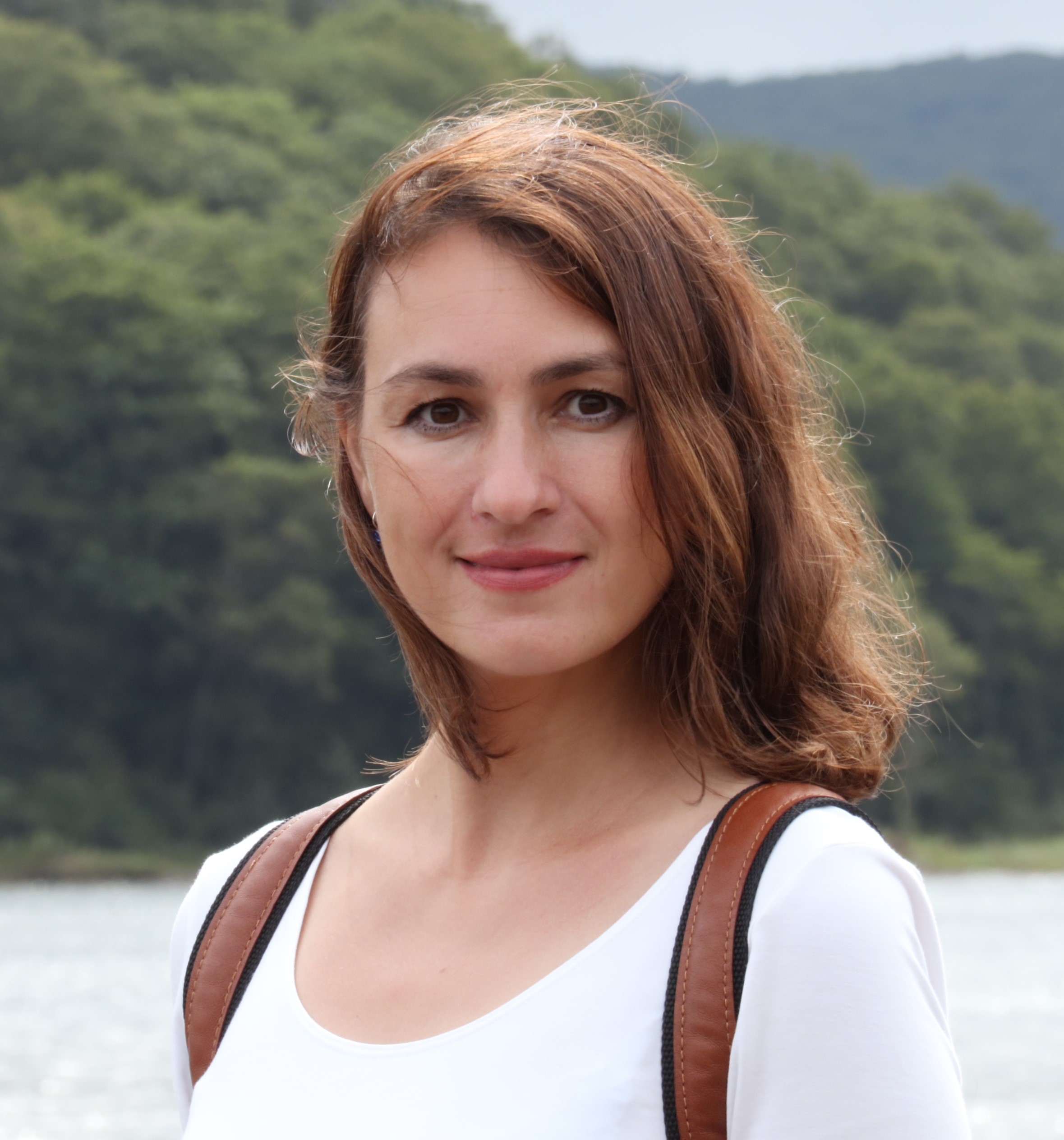The article deals with the unexplored in the academic literature phenomenon of the Soviet anti-religious film which received formalization and development in the 1920s – 1930s within the project “Cinema Atlas of the USSR” (1928–1932), devoted to the socialist transformations among the ethnographic and religious groups of the Union. The author argues that theoretical and practical searches in the field of anti-religious cinema in the USSR were caused by political and ideological reasons. They took place in the context of studying Western analogues of anti-religious cinema, but had their own specifics due to the originality of the development of filmmaking in Soviet Russia. Against the background of certain difficulties in creating and demonstrating anti-religious cinema in the early years of its existence, a film methodology was proposed in the 1920s – 1930s. It included: the Marxist-dialectical teaching as the theoretical basis of film production, conducting expeditionary work and professional scientific consulting, developing a new cinematic language, the development of the genre of “artistic documentary”, the addition of anti-religious films by the production and screening of ethnographic, “anti-alcohol” and popular science films, the expansion of a new method of propaganda – “anti-religious cinema vans”, accompanied by additional features to enhance the effect of propaganda work and clarify the film language (lecture, exhibition, dispute, game, etc.). The author concludes that, thanks to theoretical developments in the production and film design of anti-religious material, anti-religious films of the 1920s – 1930s became the unique and interesting phenomenon in early Soviet history and cinematography.
Key words: history of the USSR, cinema of the 1920s – 1930s, anti-religious cinematography, Soviet ideology, anti-religious propaganda in the USSR
DOI: 10.22250/20728662_2023_3_150
About the author
 |
Elena V. Golovneva – Doctor of Science (Philosophy), Professor at the Department of Cultural Anthropology and Ethnic Sociology, St. Petersburg State University; entrance 9, 1/3 Smolny str., St. Petersburg, 191124, Russia; Senior Researcher at Arctic Research Center, Peter the Great Museum of Anthropology and Ethnography (Kunstkamera) of RAS; 3 Universitetskaya emb., St. Petersburg, 199034, Russia; This email address is being protected from spambots. You need JavaScript enabled to view it. |






